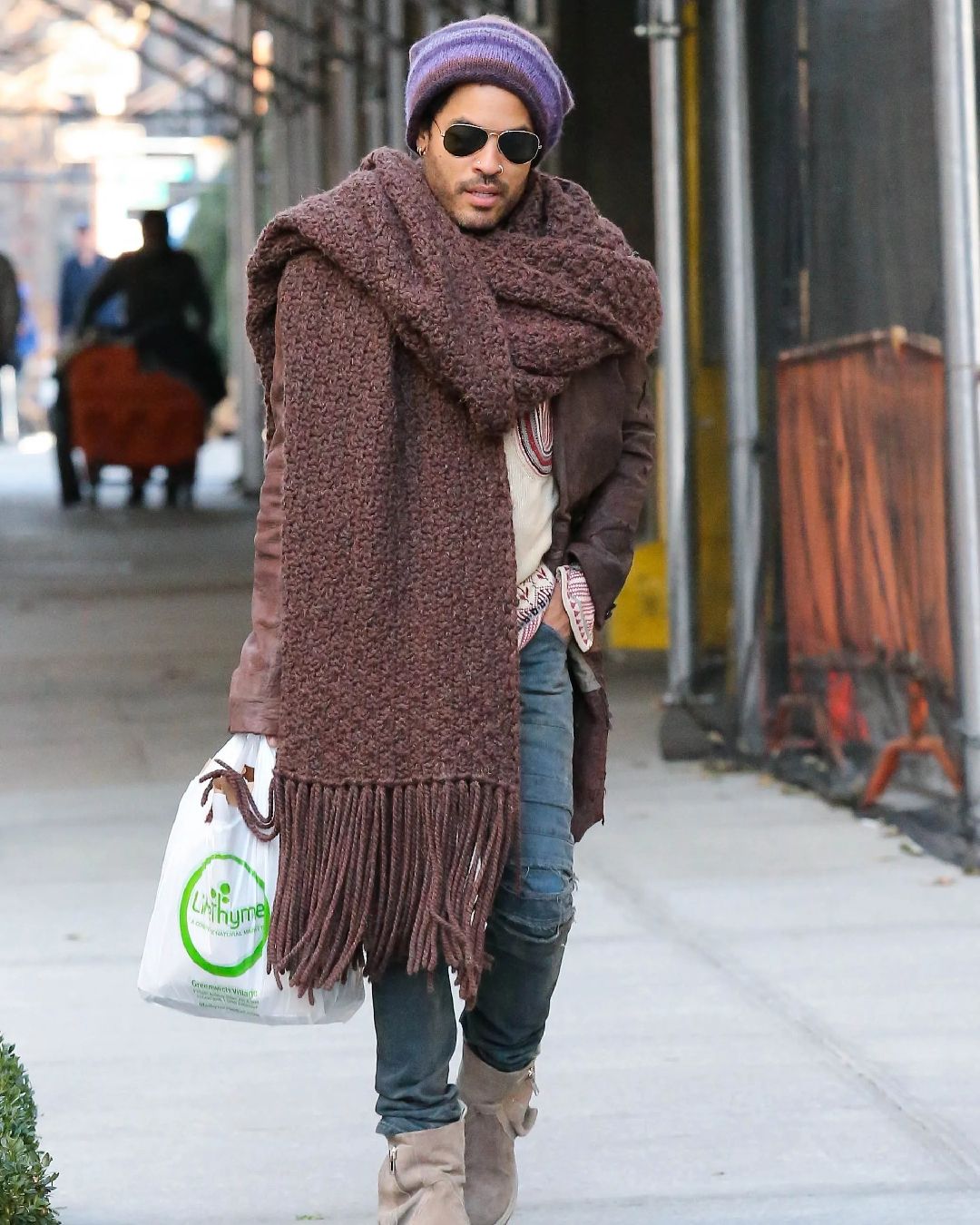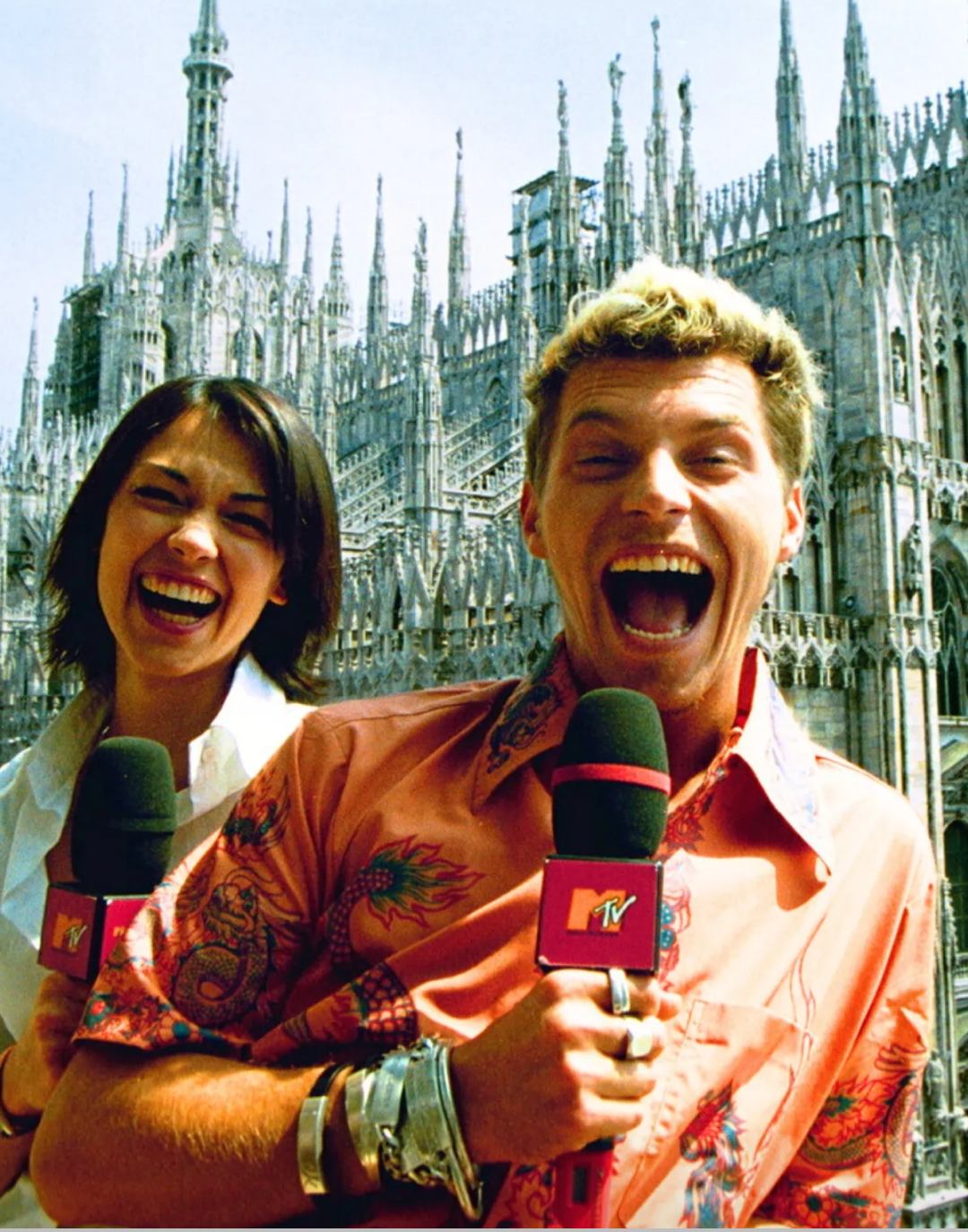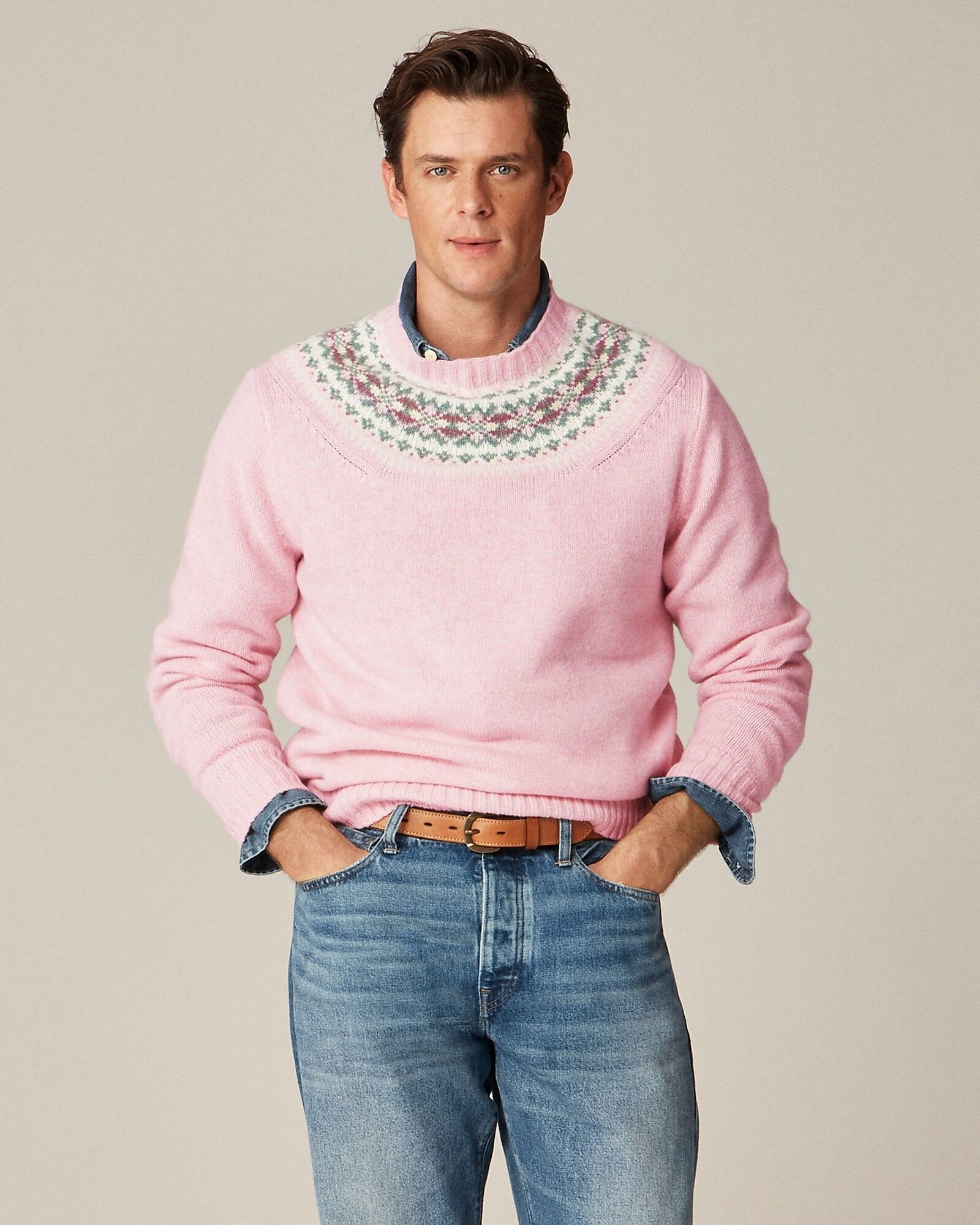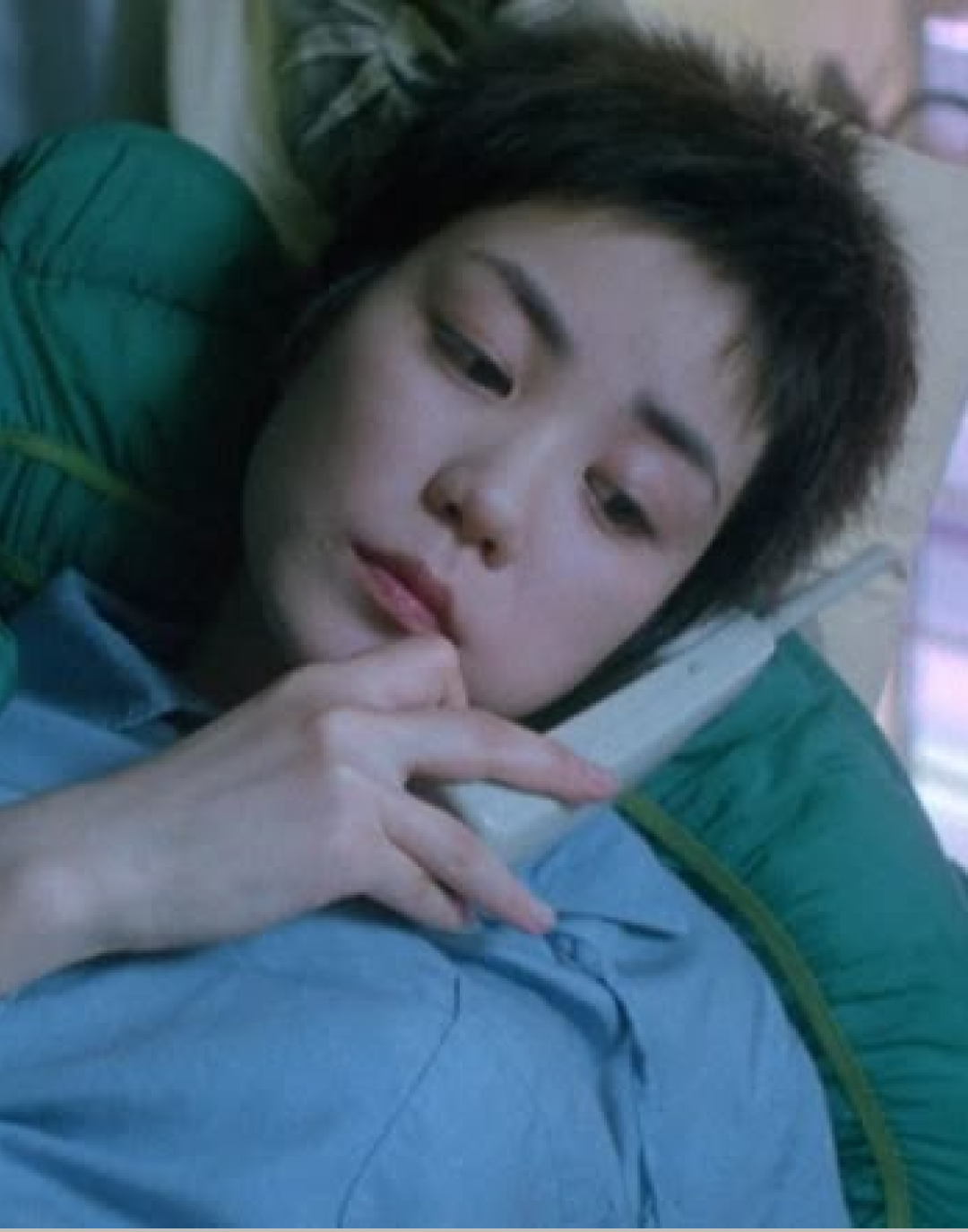
Why is Gen Z so obsessed with autumn? From insta-mom to cocooning rituals
Lenny Kravitz inaugurated it, the "brat summer" is officially over, and since then, we can’t help but embrace our inner 2010s insta-mom. In recent years, autumn is no longer just a season. It has become an event—an eagerly awaited, almost sacred moment that we prepare for with excitement. This year, with the viral return of Lenny Kravitz’s enormous scarf, it’s clear: our dreams of an Indian summer are far behind us, and we have fully transitioned into the embrace of the season. But why this collective enthusiasm for this particular season? It seems to check all the boxes for a generation eager for nostalgia, and let’s be honest, for carefully curated content.
In the early 2010s, autumn was associated with a certain figure of influence: the insta-mom. They flooded our feeds with pictures of pumpkins, perfectly matched families, and of course, lattes placed on wooden tables. Caitlin Covington became the unofficial queen of “Christian girl autumn”, a term that was half-sarcastic, half-reverential, describing this ultra-curated and very domestic aesthetic. She embodied everything autumn represented on Instagram: oversized wool scarves, tall boots, and superficial joy wrapped in an orange filter to match the color of fallen leaves. Today, Gen Z sees it differently, focusing less on polished perfection and more on melancholic and dreamy vibes, paying homage to Twilight and the emo scene of the 2000s. Welcome to the “hoa hoa hoa season”, a term borrowed from the song Eyes on Fire from the soundtrack of the film of the same name. Suddenly, it’s no longer just about family pumpkin picking, but evokes misty landscapes, rainy days, and a kind of bittersweet nostalgia. On TikTok, the Pacific Northwest aesthetic inspired by the saga has made a big comeback, and this time, it’s “cool.” Aerial shots of misty pine forests, rainy street corners, and gray skies, accompanied by that haunting melody, are flooding social media, making autumn a little more introspective and nostalgic for a simpler time.
From the return of the famous Pumpkin Spice Latte at Starbucks to the overstuffed fictional aisles of themed decor on Amazon, brands quickly understood the collective obsession with this season and turned it into a profit machine. Fashion, of course, plays a major role in this autumn frenzy. Brands like Chloé and Staud have long capitalized on the appeal of pre-autumn collections, brimming with rich textures, deep tones, and fitted coats that make us yearn for the fresh air to show off our best pieces. Even the “Meg Ryan Fall” aesthetic—born from her iconic looks in movies like You’ve Got Mail and When Harry Met Sally—is making a strong comeback. But it’s not just about clothing. The arrival of autumn also signifies the transformation of our interiors. From Instagram-ready tables to luxury throws carefully draped over a corner of the sofa, the desire to “autumnify” our spaces is very real. Each year, this irresistible urge to live the season as much as to wear it returns, whether through layering or finally utilizing that collection of Diptyque candles that often serve more as decorative accessories than useful items.
Beyond trends and consumerism, there is an emotional aspect to autumn, a feeling that is hard to describe but understood by everyone. Autumn feels like a “reset” button—a moment of renewal and reboot. Perhaps it’s because the school year starts at this time, prompting us to revisit our goals. Or maybe it’s because after the summer hustle, we’re ready to slow down, refocus, cook homemade soups, and binge-watch our favorite sitcom for the umpteenth time. Amy Odell, author of the newsletter Back Row, speaks of this “Hallmark idea of autumn”, this collective desire for an idealized version of the season, filled with cozy moments and forest walks. Even in places where the leaves don’t change color and the air doesn’t get cooler, we yearn for this romanticized vision. In a world that seems increasingly uncertain—climate change, political crises, a continuous flow of digital content—it offers us a form of stability. Sweaters, candles, and the rituals that come with them, like making hot tea, ground us. They remind us that even if everything feels chaotic outside, we at least have this moment of respite, this illusion of control and comfort. The idea of autumn, with its ambiance and energy, has become so ingrained in popular culture that we will always find ways to celebrate it, even if the thermometer is likely to read 30°C in October.














































